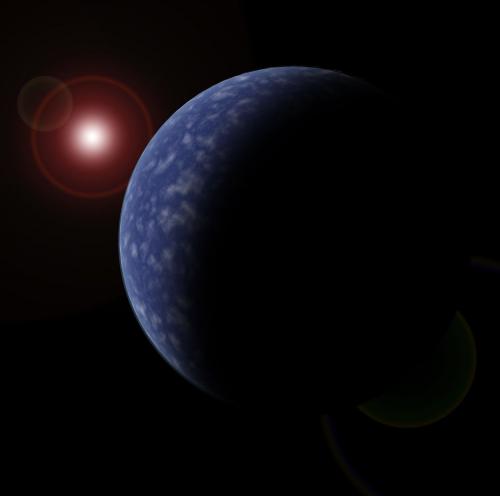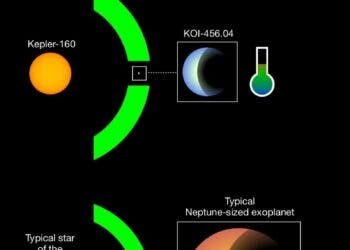A new study has concluded that virtually all red dwarfs, the stars which make up at least three quarters out of all the stars in the Universe, have planets orbiting them.
The study suggested that habitable-zone super-Earth planets (where liquid water, and therefore life as we know it can exist) orbit around at least a quarter of the red dwarfs in the Sun’s own neighborhood. Among the planets which astronomers described there were also three planets classified as habitable-zone super-Earth.

Dr Mikko Tuomi, from the University of Hertfordshire’s Centre for Astrophysics Research and lead author of the study, said:
“We were looking at the data from UVES alone, and noticed some variability that could not be explained by random noise. By combining those with data from HARPS, we managed to spot this spectacular haul of planet candidates. We are clearly probing a highly abundant population of low-mass planets, and can readily expect to find many more in the near future – even around the very closest stars to the Sun.”
This research is highly important not only for its own discoveries, but also for the promise it holds for the future. Basically, the team figured out a new method that enables new discoveries with existing data. What they did was they measured how much a star “wobbles” in space as it is affected by a planet’s gravity. A planet’s gravity, while extremely small compared to the star, still has a noticeable effect on it. Basically, since planets have no light, researchers detect them based on the wobble of these planets. This periodic wobble is detected in the star’s light.
Professor Hugh Jones, also from the University of Hertfordshire, commented:
“This result is somewhat expected in the sense that studies of distant red dwarfs with the Kepler mission indicate a significant population of small radius planets. So it is pleasing to be able to confirm this result with a sample of stars that are among the brightest in their class.”
This researchers adds another 8 to the 17 previously known planets orbiting red dwarfs – and that number can only go up as time passes on.






